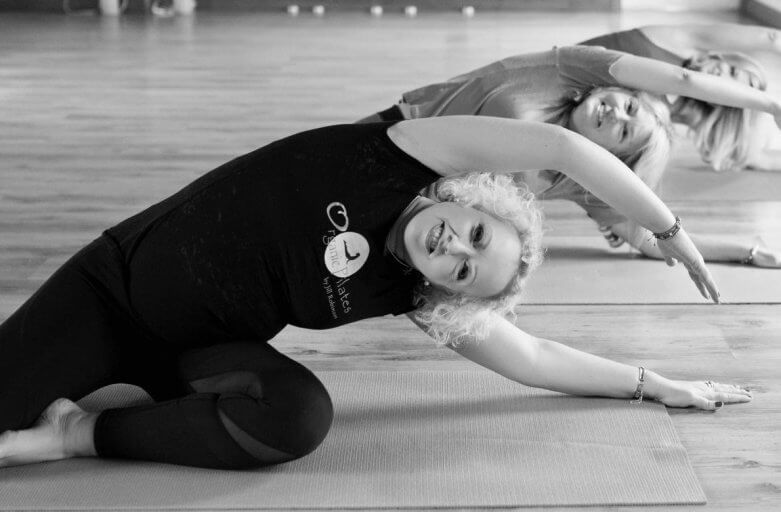Are you singing the song now?
‘Dem Bones, Dem Bones, Dem Dry Bones’ – did you know that was a spiritual song inspired by the Bible when Ezekiel visited ‘The Valley of the Dry Bones’?
No, neither did I until I Googled it.
Fitting in with our theme of the month Posture – today I want to talk to you about your bones, and why you definitely don’t want to pay your own personal visit to ‘The Valley of the Dry Bones’.
Good Posture is reliant on good bones.
Did you know, if you’re a women over the age of 50, you have a 40% chance of suffering from an osteoporotic fracture. That’s higher than your risk of contracting breast cancer and ovarian cancer. Even worse, 50% of the osteoporotic hip fracture patients never fully regain independence and more than 20% will die within 6 months.
That’s a bit of a bleak warning!
If you’re a man reading this and thinking that it doesn’t apply to you, it also affects 25% of men over the age of 50.
Your bone health matters, and it matters very much.
From when we’re born until around our mid twenties our bones are laying down mass, and our goal during that period is to lay down as much bone mass as possible to see us through. From our mid 20’s until our 50’s the density of our bones is pretty stable – the goal during this period is to maintain the bone mass that we laid down earlier on.
For us women, we also have menopause to contend with, this also exaggerates the rate of bone loss, great eh?
What can we do to prevent bone mass loss?
Well, there’s dietary things you can do. We’ve all heard about eating more calcium – but its not quite that simple (is anything ever?).
As we get older our body can’t get the calcium out of foods as well as it used to be able to, this is called ‘bio-availability’. Even if you think you’re getting 500 to 1000mg of calcium from a meal or supplement – the chances are you’re not and that most of it is heading down the toilet.
One interesting theory that I’ve recently read of increasing the bio-availability of calcium is, you should try to increase the pH of your gastrointestinal system by eating foods that the bacteria in your gut love – fibre!
The theory is, once in the colon, fibre is broken down by the bacteria which results in short chain fatty acids and lactic acid. These acids then make the colon more acidic, which increases the solubility of the calcium, making it easier for the body to absorb and use.
This means more calcium is absorbed and less is excreted by the body.
Two particular species of bacteria that you specifically want to increase are ‘bifidobacteria’ and ‘lactibacillus’.
And the foods that these bacteria love are onions, garlic, artichokes and asparagus – so by increasing these types of food in your diet could help to build stronger bones.
(This month in ‘Core Club’ we’re reading ‘10% Human’ by Alanna Collen, which is all about gut health).
Types of Exercise for better bone health
Of course I’m going to bang my exercise drum for bone health!
And guess what types of exercise are good;
1. Strength Training – get lifting some weights, kettlebells, or using a resistance band. Weight training will strengthen your muscles which will pull on your bones and literally make them stronger.
2. Back Extension Work – yes, the good old ‘Prone Cobra’ or our Pilates ‘Exercise of the month’ that we’ve been doing in classes – ‘Double Leg Pull Prone’. Not only great for Posture – but counters that pull towards foetal position that we all get from sitting too long in the same position.
Have I convinced you to have a think about your bone health?
If you’d like to join my ‘Core Club’ where I post weekly workouts, there’s also nutrition plans, recipes, bookclub, interesting articles and obviously workouts of all types, abilities and lengths. And the 1st Month is FREE.
You can find out more and sign-up by clicking here.
Have a great week everyone.
See you at the mat.
Jill x
PS
Don’t forget all classes are off for half term, week commencing 28th October.

